What types of headaches are there?
Headaches are among the most common complaints of all. They can occur independently or as a concomitant symptom of an illness. Depending on the cause, a distinction is made between primary and secondary headaches.
In primary headaches, pain is the main symptom. They occur without other structural disorders. The three most common types of primary headaches are:
- Tension headaches
- migraine
- Cluster headaches
Secondary headaches, on the other hand, occur as a result of another illness or external influence. Common causes of secondary headaches include:
- Excessive alcohol consumption (hence so-called hangover headaches)
- Flu-like infections
- Excessive use of painkillers
- Accidents or injuries
Tension headaches
Tension headaches typically manifest as a dull, oppressive, bilateral headache. Many sufferers describe the feeling as if the head is “too tight.” The pain intensity is usually mild to moderate and is rarely accompanied by nausea. An episode of tension headaches can last from 30 minutes to several days.
Who is particularly affected by tension headaches?
About 90 percent of all people experience tension headaches at least once in their lives. They occur particularly frequently in people between the ages of 20 and 50.
The main causes of tension headaches are usually:
- Tension and stress
- Dehydration – Too little water and minerals in the body promote headaches
- Tension in the neck and shoulder area – often caused by sitting at the computer for long periods
- Lack of exercise
- Lack of sleep or an irregular sleep pattern
For acute tension headaches, simple home remedies often provide relief:
- Easy stretching exercises for the neck and shoulders
- Relaxation breaks
- Exercise (e.g., a walk in the fresh air)
- Peppermint oil on temples and neck
To put an end to tension headaches before they even develop, regular exercise and adequate fluid intake throughout the day are particularly effective. An ergonomic workstation can also help if you spend a lot of time at a desk. This can reduce tension in your shoulders and neck and prevent tension headaches. Stress can be counteracted through stress management and relaxation techniques.
migraine
Migraine is a neurological disorder characterized by recurring attacks of pain. Unlike tension headaches or other types of headaches, migraine pain is usually one-sided, throbbing, and of severe to very severe intensity. Typical accompanying symptoms of migraine headaches include nausea, vomiting, and increased sensitivity to light, sounds, and smells. The condition affects approximately 10 percent of the population, particularly women.
Migraine attacks vary from person to person, but there are typical patterns that many sufferers experience. A migraine attack usually progresses through several characteristic phases:
- Harbingers (prodromal phase)
The prodromal phase begins hours or days before the actual pain attack. During this phase, many sufferers experience difficulty concentrating, experience cravings or loss of appetite, and notice significant mood swings.
- Aura phase
In about 20 percent of migraine sufferers, the aura phase follows. This is often characterized by visual disturbances, speech slurs, or tingling in the arms and legs.
- Pain phase
The subsequent pain phase typically lasts between 4 and 72 hours. During this time, the condition manifests itself as severe, throbbing headaches. Physical activity often aggravates the headaches, as do light or noise. Concurrent headaches with nausea and vomiting are common during this phase. Migraine sufferers often feel a strong need to withdraw during this time.
What factors promote migraine attacks?
What triggers the disease itself is not yet fully understood. However, there is evidence of factors that can trigger a migraine attack. These include:
- Stress or the sudden drop in stress (e.g., on the first day of vacation)
- Irregular sleep-wake rhythm
- Alcoholic beverages
- Hormonal fluctuations
- Weather changes
What to do during a migraine attack?
The treatment of migraine is based on two pillars: acute therapy of the headache during an attack and preventive treatment.
In acute cases of migraines, quick action is especially important. The following tips can help alleviate symptoms somewhat:
- Retreat to a darkened, quiet room
- If available, take prescribed medication (usually triptans) promptly
- Cool compresses on the forehead or neck
- Drink enough water, tea, or electrolyte-containing drinks
The following strategies can help reduce the frequency and intensity of migraine attacks in the long term :
- A regular sleep-wake rhythm
- Moderate endurance exercise, at least 2–3 times per week
- Learning relaxation techniques and stress management strategies
- Keeping a migraine diary to identify personal triggers
- In case of frequent attacks, preventive medication may be necessary – after consultation with a doctor
Cluster headaches
Cluster headaches are a distinct and rare neurological disorder: Approximately one in a thousand people are affected, with men three times more often than women. The symptoms are characterized by extremely severe, one-sided headache attacks that typically occur in the eye or temple area. Those affected describe the headaches as piercing and stabbing, as if a red-hot knife were being stabbed into the eye. Unlike other types of headaches, such as migraines, the attacks occur in episodes—hence the name “cluster.”
The unique feature of the pain attacks lies in their temporal structure: The headache attacks usually last 15 to 180 minutes and often recur at the same time of day, especially at night. A cluster period can last for weeks or months, with up to eight headache attacks per day. This is often followed by months of headache-free phases.
Possible accompanying symptoms of cluster headaches:
- Red, watery eye on the painful side
- Blocked or runny nose
- Facial redness and sweating
- Drooping eyelid on the painful side of the head
What treatment options are there for cluster headaches?
Cluster headaches always require specialist treatment. Unlike other types of headaches or migraines, simple painkillers are not effective.
Inhalation of pure oxygen has proven effective for the acute treatment of cluster headaches. Special medications can also support treatment.
In addition to acute therapy, preventative treatment with appropriate medications plays a key role in cluster headaches. New therapeutic approaches such as neurostimulation are also showing promising results. Other measures that can prevent cluster headaches include:
- Regular sleep rhythm
- Avoiding alcohol during a cluster period (would trigger new cluster periods)
- Adequate fluid intake
A headache diary helps to document the individual course of the disease and to optimally adapt therapy.




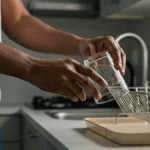
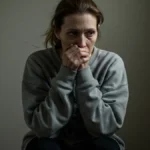



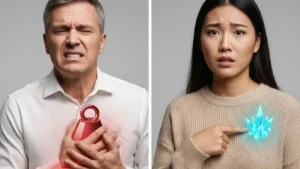
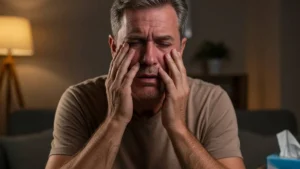
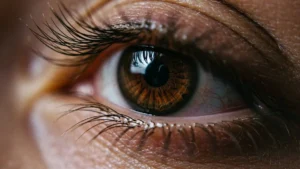
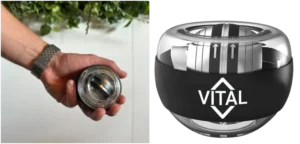




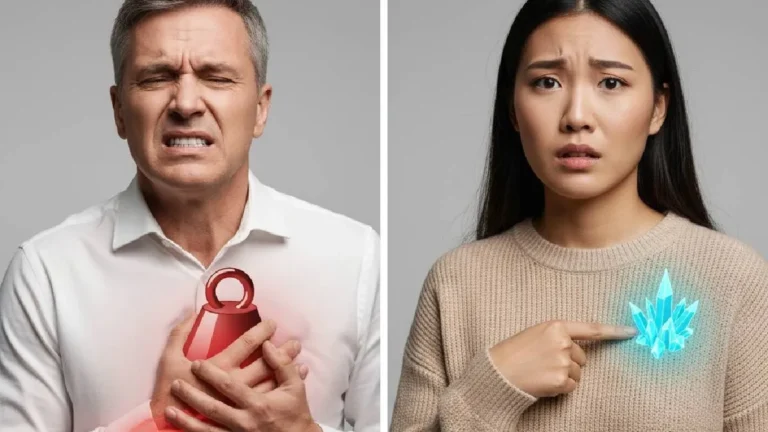
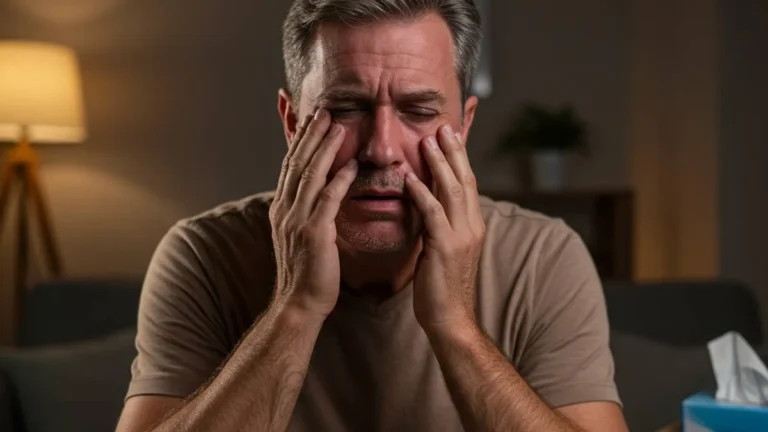
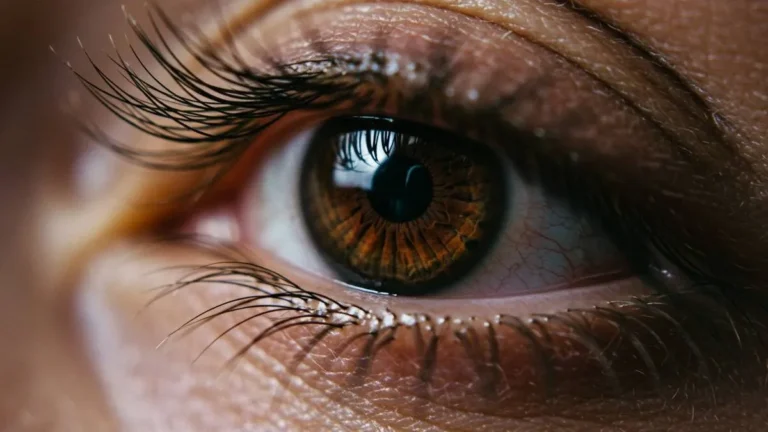
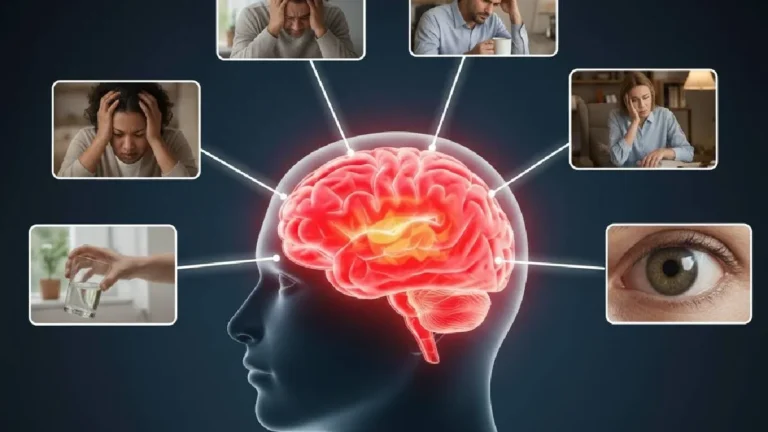
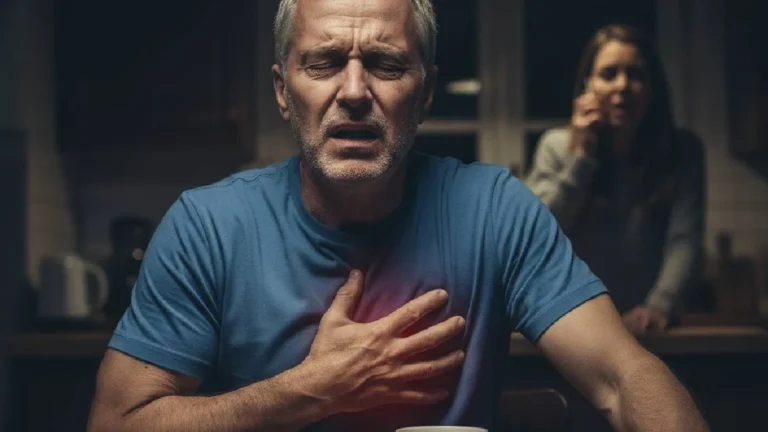
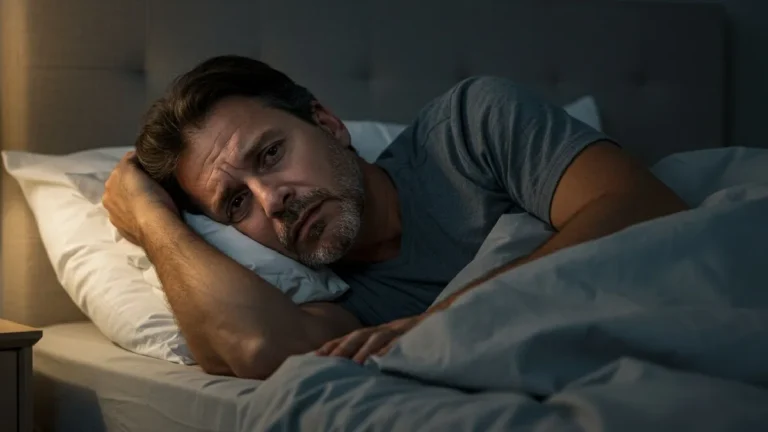
+ There are no comments
Add yours